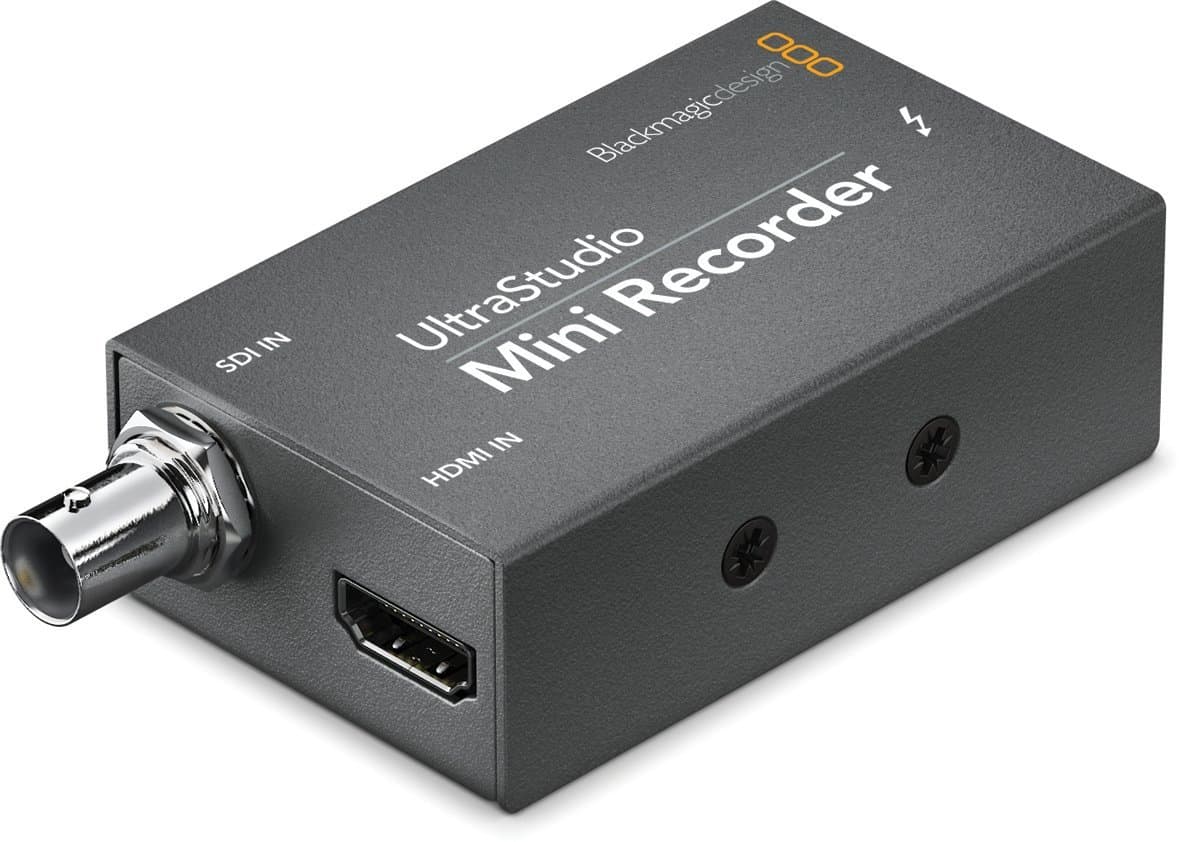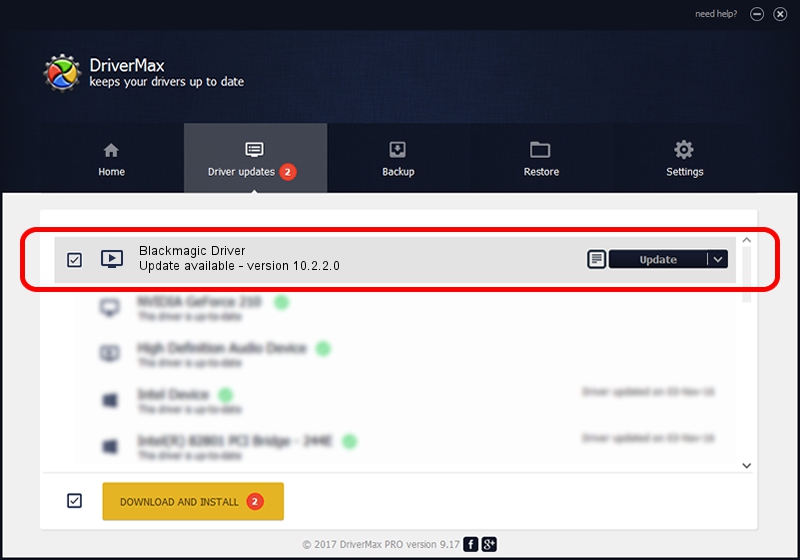Created in close collaboration with Apple, Blackmagic Design's Blackmagic eGPU and Blackmagic eGPU Pro bring accelerated pro app workflows, smoother gameplay, and true-to-life VR content creation to your Mac.
- Blackmagic Desktop Video Drivers
- Blackmagic Decklink Driver
- Blackmagic Driver Windows 10
- Blackmagic Driver For Mac Download
Technical specifications
Blackmagic eGPU includes a Radeon Pro 580 graphics processor with 8GB DDR5 memory, giving your connected Mac graphics performance that's similar to a high-end 27-inch iMac.
Blackmagic Design Drivers. 424 drivers total Last updated: Nov 16th 2018, 12:04 GMT RSS Feed. Latest downloads from Blackmagic Design in. Blackmagic Design. Nov 16th 2018, 12:04 GMT. BlackMagic Camera Firmware Update Utility 5.2 64-bit 14 downloads. Digital Camera / Webcam / Camcorder Blackmagic Design. Free Blackmagic Design Mac OS X 10.5 Intel/PPC Version 3.9.4 Full Specs. Download Now Secure Download. Get USB WebCam drivers for Mac OS X.
Blackmagic eGPU Pro includes a Radeon RX Vega 56 graphics processor with 8GB HBM2 memory. This gives your connected Mac graphics performance that's similar to iMac Pro.
In addition to boosting graphics performance, both Blackmagic eGPUs provide 85 watts of charging power to MacBook Air and MacBook Pro.
Blackmagic eGPU has these ports to connect displays and VR accessories:
- Two Thunderbolt 3 (USB-C)
- Four USB 3.0
- One HDMI 2.0
Blackmagic eGPU Pro has these ports:
Blackmagic Desktop Video Drivers
- Two Thunderbolt 3 (USB-C)
- Four USB 3.0
- One HDMI 2.0
- One DisplayPort 1.4
System requirements
Blackmagic Decklink Driver
Blackmagic eGPU is compatible with any Thunderbolt 3-equipped Mac running macOS High Sierra 10.13.5 or later. Blackmagic eGPU Pro requires a Thunderbolt 3-equipped Mac and macOS Mojave 10.14.1 or later.
If you have a Mac mini (2018) or Mac Pro (2019) with FileVault turned on, make sure to connect your primary display directly to your computer during startup. After you log in and see the macOS desktop, you can unplug the display from your computer and connect it to Blackmagic eGPU.
To connect Apple Pro Display XDR to Blackmagic eGPU or Blackmagic eGPU Pro, make sure your Mac is running macOS Catalina 10.15.2 and your eGPU has the latest firmware.

Here's how to update the firmware of your eGPU:

- Go to the Blackmagic website.
- Select the DaVinci Resolve, Fusion, and BlackMagic eGPU product family.
- Download and install the latest firmware for your eGPU.
Connect and use Blackmagic eGPU
When you connect Blackmagic eGPU or Blackmagic eGPU Pro to your Mac with a Thunderbolt 3 (USB-C) cable, the eGPU menu bar item appears, indicating that the eGPU is ready for use.
Blackmagic eGPU automatically accelerates the graphics from Metal-based apps on external displays and devices that are connected to the eGPU. You can use Activity Monitor to confirm that your eGPU is in use:
- Open Activity Monitor, which is in the Utilities folder inside Applications.
- Choose Window > GPU History. A graph appears, charting the activity of your computer's internal GPU and Blackmagic eGPU.
To disconnect Blackmagic eGPU, use the menu bar item to safely disconnect the eGPU from your Mac before unplugging the cable.

Use the 'Prefer external GPU' option

Starting with macOS Mojave 10.14, you can turn on 'Prefer external GPU' in a specific app's Get Info panel in the Finder. This option lets Blackmagic eGPU and Blackmagic eGPU Pro accelerate apps on any display connected to the Mac — including displays built in to the Mac:
- Quit the app if it's open.
- Select the app in the Finder. Most apps are in your Applications folder. If you open the app from an alias or launcher, Control-click the app's icon and choose Show Original from the pop-up menu. Then select the original app.
- Press Command-I to show the app's info window.
- Select the checkbox next to Prefer external GPU.
- Open the app to use it with the eGPU.
Learn more about using eGPUs with your Mac.

Blackmagic Driver Windows 10
Learn more
Blackmagic Driver For Mac Download
macOS currently doesn't support eGPUs in Windows using Boot Camp or when your Mac is in macOS Recovery, at FileVault login, or installing system updates.
